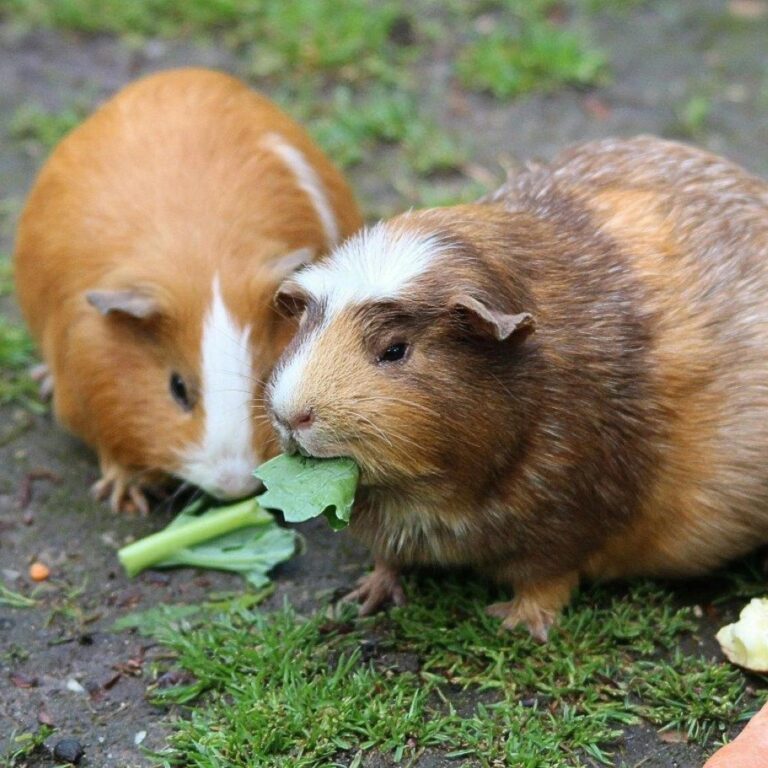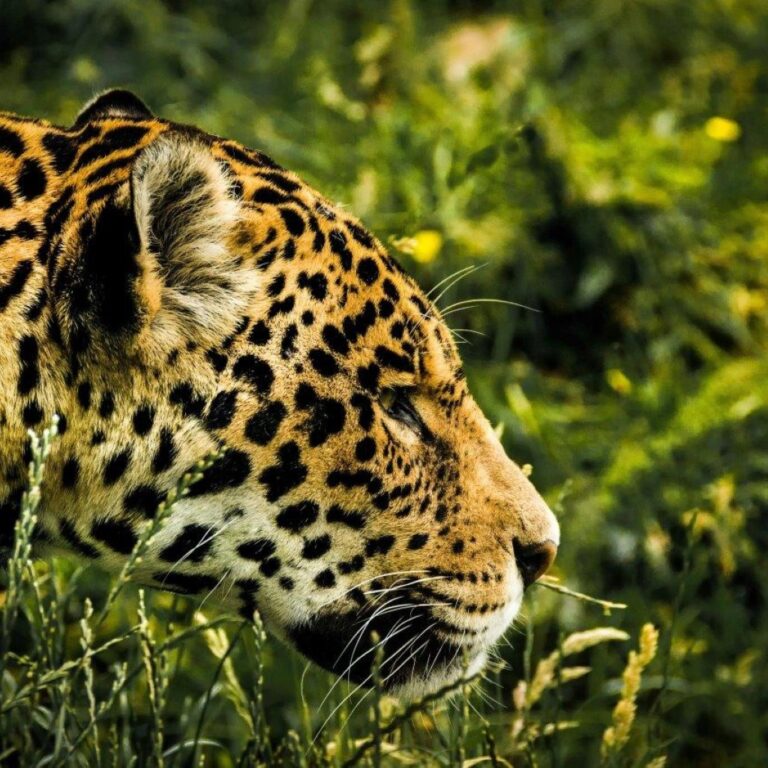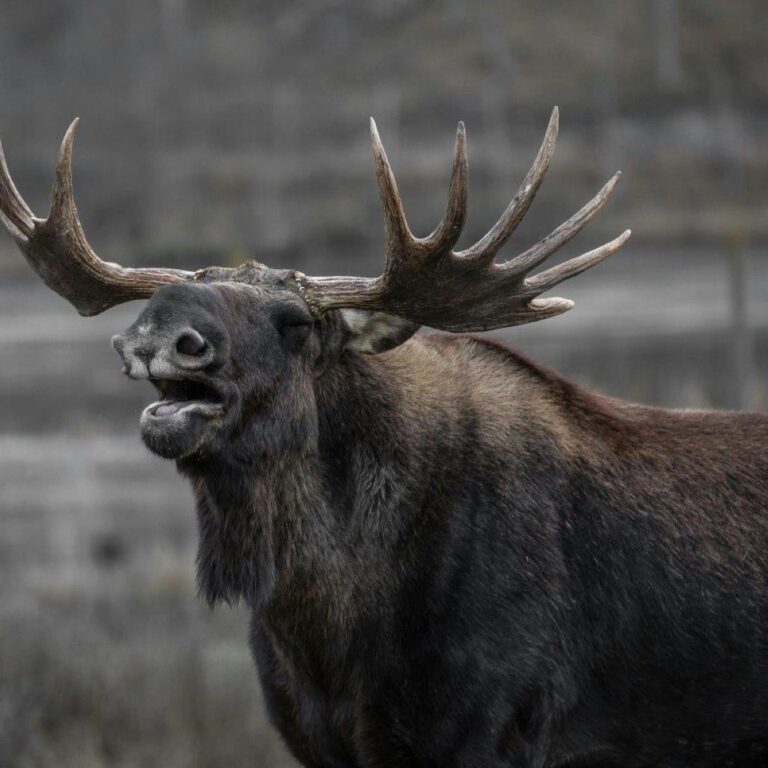Guinea pigs are native to the Andes Mountains in South America, where they were first domesticated by the Inca civilization over 3,000 years ago. They were originally kept for food and for use in religious ceremonies.
Despite their name, they are not pigs, nor are they from Guinea. The origin of their name is uncertain, but it may have come from the price of a guinea in England or the fact that they were shipped through the Guinea region in Africa.
They are social animals that thrive in groups. In the wild, they live in herds, and as pets, they enjoy the company of other guinea pigs. It is recommended to keep them in pairs or small groups to prevent loneliness.
They have a wide range of vocalizations, including purring, wheeking, and chirping. These sounds are used to communicate with each other and with their human caregivers.
These animals have continuously growing teeth, which means they need to chew on fibrous materials like hay to keep their teeth worn down and prevent dental problems.
There are several different breeds of guinea pigs, each with its own unique coat type and color patterns. Popular breeds include the American, Abyssinian, and Peruvian guinea pigs.
Guinea pigs are herbivores and require a diet rich in hay, fresh vegetables, and specially formulated guinea pig pellets. They also need a daily source of vitamin C, as they cannot produce it on their own.
Their lifespan is typically 5 to 7 years, but with proper care, some of them can live up to 8 years or more.
Guinea pigs have a special digestive system that allows them to re-ingest their cecal pellets (a type of feces) to absorb more nutrients. This behavior is known as coprophagy and is essential for their health.
Those animals have excellent hearing and can detect sounds at frequencies higher than humans can hear. They often respond to the rustling of food bags or the sound of their owner's voice.
Guinea pigs are crepuscular, meaning they are most active during the early morning and late evening. They enjoy exploring their environment and need plenty of space to move around.
They are known for their unique 'popcorning' behavior, where they jump straight up in the air, often repeatedly. This playful behavior is usually a sign of happiness and excitement.
Females are called sows, and males are called boars. Baby guinea pigs are known as pups. A female guinea pig's gestation period is about 59 to 72 days, and litters typically consist of 2 to 4 pups.
Guinea pigs have a strong sense of smell and use it to recognize each other and their surroundings. They also use scent marking to establish territory.
They have been used in scientific research, particularly in studies related to nutrition, genetics, and infectious diseases. However, they are most commonly kept as beloved pets due to their friendly and gentle nature.



